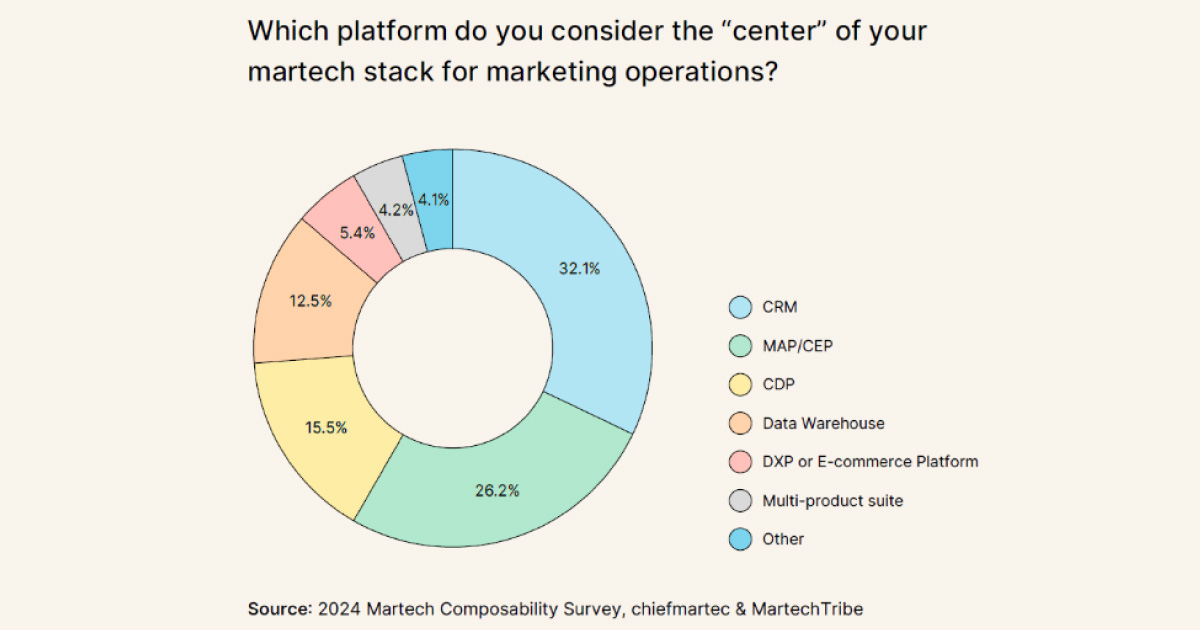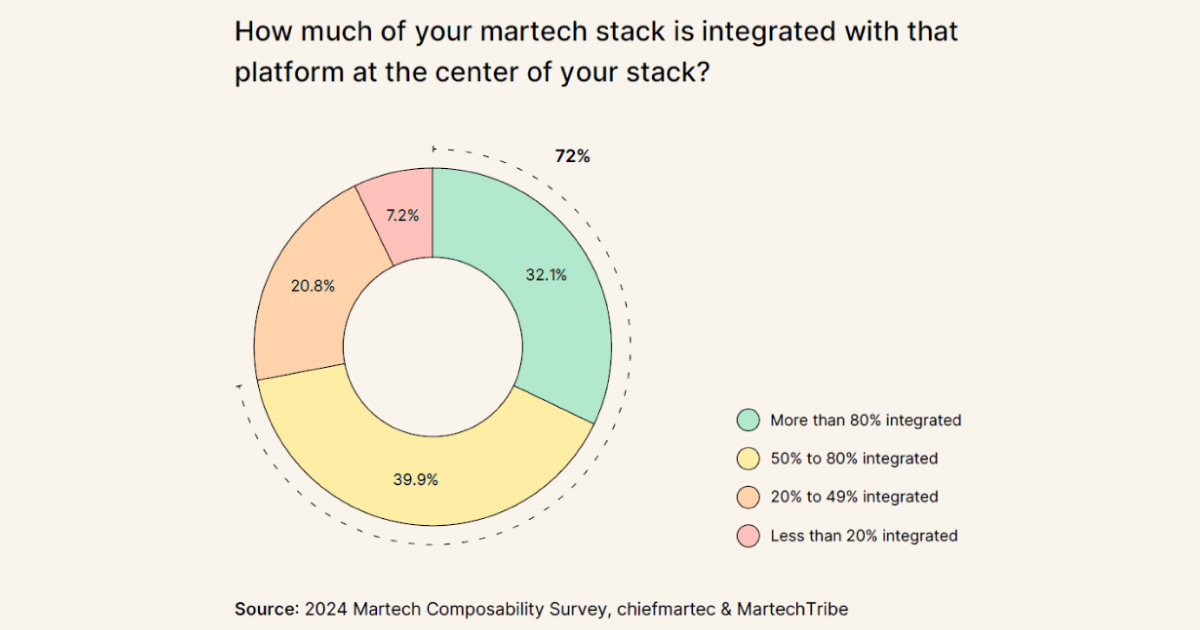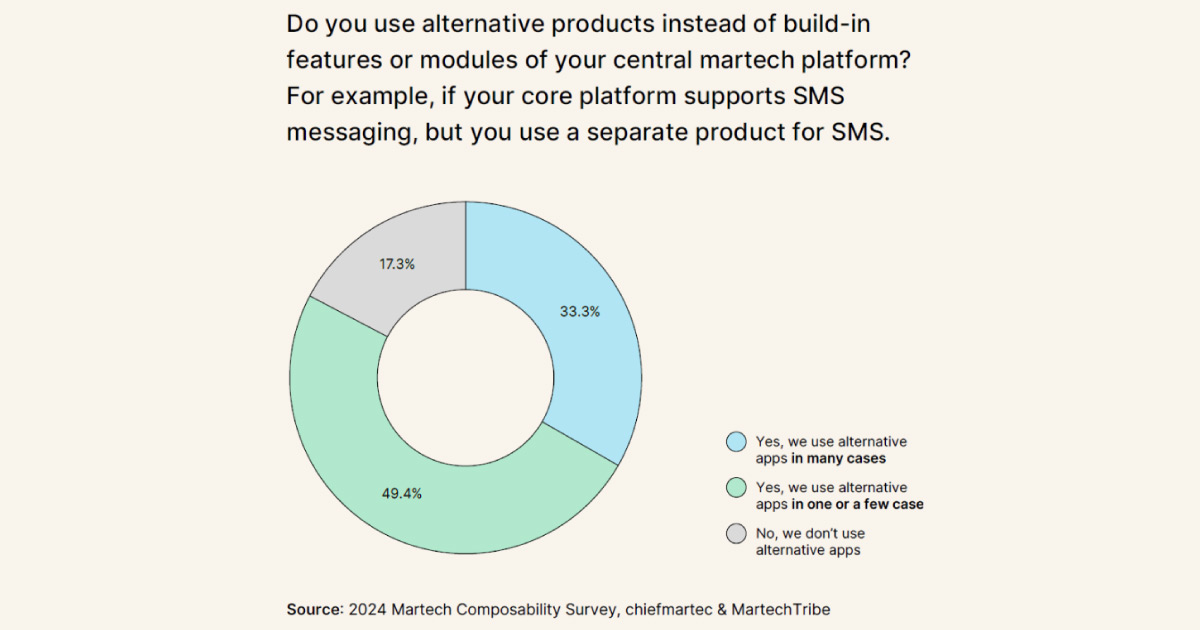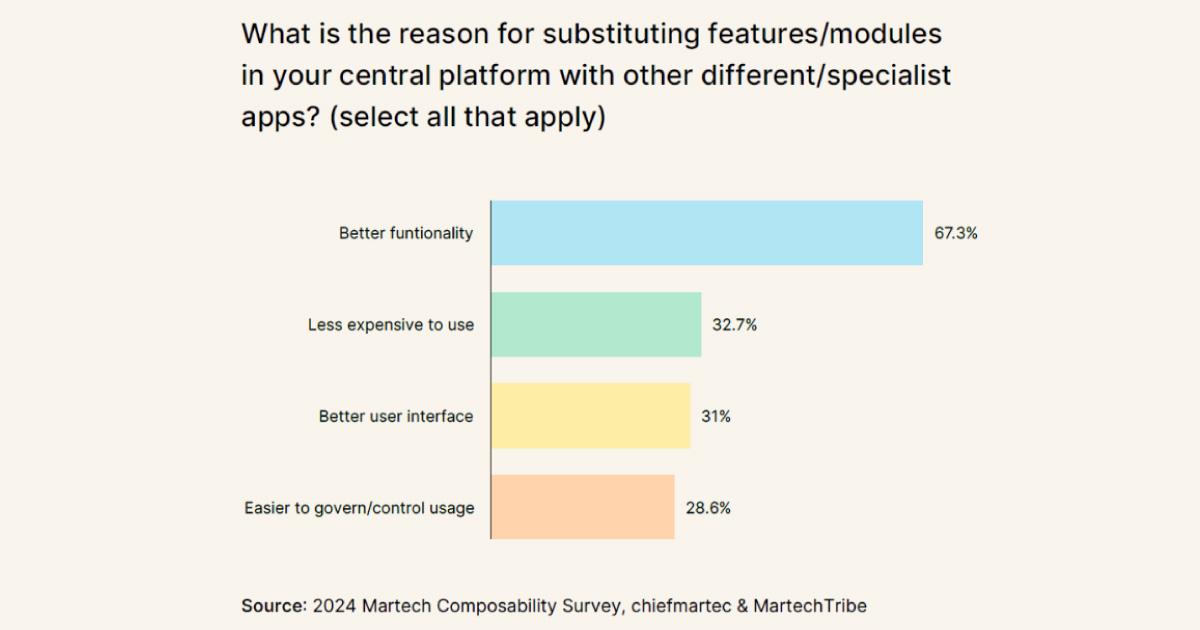Composability is Not a Strategy, But a Daily Reality
Conventional wisdom tells us why NOT to duplicate features and tools but you’ll find plenty of good reasons to duplicate features. It is not a mistake. It is a best practice. It is by design. Composability seems to be at the heart of the fabric and nature of technology, especially in martech.
Topics
What to Read Next
- Martechvibe Launches the Marquee Awards to Celebrate Breakthrough Digital Campaigns
- Top Marketers 4X More Likely to Use AI, Consolidate Tech
- Roku and iSpot Bring Outcome-Based Optimisation to Streaming
- PMG Expands Influencer Marketing Capabilities with Acquisition of Digital Voices
- PayPal Ads Launches Transaction Graph Insights & Measurement














































































































